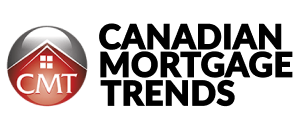Definition: A high-ratio mortgage is a mortgage loan where the borrower’s down payment is less than 20% of the property’s purchase price, resulting in a higher loan-to-value (LTV) ratio. In Canada, a high-ratio mortgage requires the borrower to purchase mortgage default insurance (CMHC, Sagen, or Canada Guaranty), which protects the lender in case of borrower default.
Key Points:
- Down payment requirement: High-ratio mortgages are typically for borrowers who put down less than 20% of the home’s price.
- Mortgage insurance: The borrower must pay for mortgage insurance, which usually involves a one-time premium added to the loan amount.
- Higher loan-to-value (LTV): High-ratio mortgages often have an LTV of 80% or more, meaning the loan covers a larger portion of the home’s value.
Example: If a buyer purchases a home valued at $400,000 with a 10% down payment ($40,000), they’ll need a high-ratio mortgage for the remaining 90% ($360,000) and will be required to pay for mortgage insurance.
Last modified: November 5, 2024



